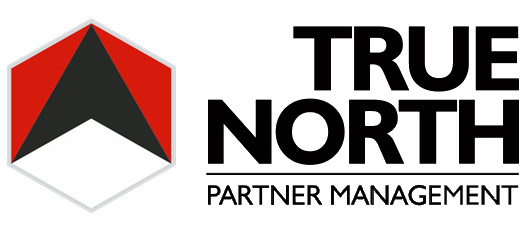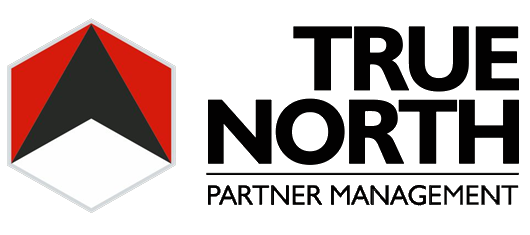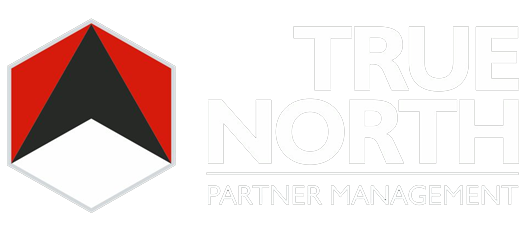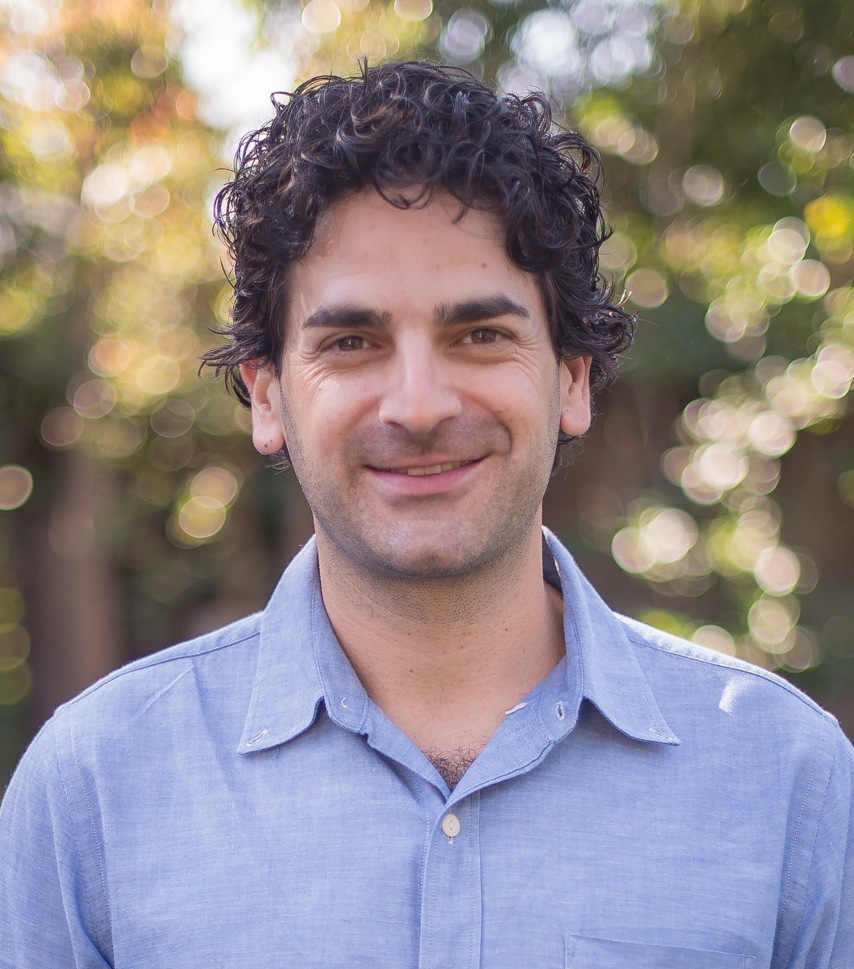The following post originally appeared on Forbes | February 4, 2015
There is a lot of programming on television. Going back to my childhood, I remember having to (actually) turn a dial to watch one of only a handful of channels—ABC, NBC, CBS, PBS, and that was about it. Now, between cable and the internet, there are thousands of options. Perhaps most contrarian is today’s celebrity. Where, 30 years ago, full time, scripted celebrities like Alyssa Milano, Will Smith or Johnny Depp were the biggest draws, today, the kid down the block or the mechanic up the street have stolen the spot light.
You’d think with the explosion of channels and viewing platforms and the sea of reality TV shows—that, seemingly, anyone can get—modern broadcast television would be an easier market to break. This, however, couldn’t be farther from the truth. The competition is plentiful and ferocious. The viewing appetites of today’s media consumers are fickle, narrow, and change without a moment’s notice.
Looking for a clearer and more realistic view into the inner-workings of the industry, today I speak with Benjamin Nurick, producer, director, actor, and president of media production house, Bodega Pictures. Best known for their reality TV shows South Beach Tow (truTV) and Big Easy Justice (Spike TV), and with the premiere of their newest addition, Kart Life (truTV), Bodega Pictures has a good grip on the intricacies of the business and the appetites of today’s media consumer. See our exchange below:
On The Business Of Media And Television Production
Parnell: Please talk to me about the business of media production, at a macro-level. It looks easy from in front of a TV. Set the public straight.
Nurick: Like every business, it all starts with an idea. Our success hinges upon our ability to develop fresh [intellectual property], concepts, and formats for television shows. And then execute those ideas to prove their viability. It’s an incredibly saturated market and highly competitive. Everyone thinks they have a great idea for a show, and everyone thinks they know someone who would make a great TV show character, so it’s very difficult for anyone to rise above the noise.
In alternative television—what most people refer to as reality TV—which is our primary focus, we take these ideas and turn them into “sizzle tapes,” which are 4-6 minute show reels that introduce the world of the show, its characters, format, and style. If we do it right, it feels like you’re watching five minutes of a show and you’re left wanting more. From there it becomes a sales game. We cater projects to align with the current appetites at different television networks, and we pitch, pitch, pitch.
I’ve never worked at a television network so I have no idea how many pitches they get a month. But I would assume it’s in the hundreds. When you think about how many original series the average network produces a year, which is probably in the neighborhood of 10, those are some pretty long odds. From a business standpoint, everything I’ve just described is speculative. So it takes a great deal of capital and sweat equity to get in the game. Once a network takes a project off the market, there’s usually a development phase which involves generating even more fresh creative, more shooting, a lot of deal making, and a lot more mostly speculative hustle to get the pieces in place.
Many projects die in development due to myriad reasons. But if you make it out the other side, you get to make a pilot: one episode of the show. Which must be amazing as it will be put through the ringer of focus group testing and corporate board meetings and advertising revenue projections.
If all of the above goes well—and we’re usually about a year from the “idea” moment at this point—then you finally get to make a television show! Then it’s up to the viewing public to watch and embrace the show and talk about it and generate ratings in order for the show to be successful and continue on with more seasons.
My favorite thing about this crazy business is that it’s really like the Wild West. There are no steadfast rules to successfully producing television. And your hustle and ability to have your finger on the pulse of what people want is what will ultimately reap the rewards.
On The Challenges Of Running A Production Company
Parnell: There are, no doubt, a ton of hurdles for you to overcome. What are some of the biggest challenges in running a production company? How do you handle them?
Nurick: The biggest challenge is striking the right balance between focusing on our current development and the projects we have in production, as there are only so many hours in the day. The priority will always be making delivery and air dates for our current programming, but the development is our future success so we must be guns blazing in that arena at all times.
It’s a financial challenge as well, as our development is far and above the biggest burden on our profits. So it’s important to strike the right balance to keep the factory pumping now and into the future. I’m lucky in that I have great partners in Josh Ackerman and Zach Werner. We divide and conquer and have continued on a path of growth in the last seven years since we started the company out of a garage with a couple of cameras and some big ideas.
On The Media Appetites Of The Consumer
Parnell: Can you talk to me about how the media appetites of the general population have evolved over the last 10 years? I think you’d agree that we are interested in different sorts of programming now versus then. Why do you think these changes have come to pass?
Nurick: Obviously technology plays a huge part in the shifting of how people have consumed media over the last 10 years. But it doesn’t change the appetite for entertainment. People still want to turn on a device, whether it’s their phone or computer or television, and laugh and cry and be inspired. At Bodega Pictures we pride ourselves on our storytelling chops and visual style and making sure everything we do has an intrinsic entertainment value, no matter what the subject matter.
If you look at how many television and internet networks there are today versus a decade ago, it’s evidence that the general population has a more voracious appetite for all sorts of different types of programming than ever before. It’s a very exciting time to be in the business. I think that people are always looking for something that feels fresh and unique. But these things are cyclical. So once a certain type of show becomes over-saturated in the marketplace, people stop watching and the appetite shifts to the next splashy thing.
On Human Attention
Parnell: What does this tell you about human attention? What piques interest? What holds interest? What turns people away?
Nurick: I don’t know about other people, but I have an incredibly short attention span. If I’m not engaged in the first minute or two, I change the channel. And I use that radar in all of our creative endeavors. I think people are always drawn to strong compelling characters, love them or hate them. If they garner an intense response either way, I know we’ve got something.
People are attracted to conflict. Life is hard and watching someone struggle and fight for something is always going to be relatable and attractive to people. Also, anything that takes the audience on a journey into a new or secret world they haven’t experienced; or watching people push themselves beyond the limits of what seems normal or healthy; obsessive behavior where people can watch and feel good about themselves and their lives because the people on TV are beyond belief; and, most importantly, comedy, which is also the hardest thing because it’s so subjective. But if you can make people laugh, it’s a home run.
I think people are turned off by programming that feels inauthentic and fake—shows where the characters seem like they’re hamming it up for the cameras—or characters that are one-dimensional. The most polarizing characters often make for the best television. But if my team doesn’t do our job of showing all the layers of the onion, then you’re left with something that just feels gross and inhuman, and people change the channel.
On Bodega Picture’s Newest Project: Kart Life on truTV
Parnell: Talk to me about your latest project, Kart Life. It is certainly a novel idea. How did this come about?
Nurick: Kart Life follows 10 young go kart racers—ages 9-15— and their families through the 2014 national summer racing season. We see them both on and off the track as they compete and struggle to win championships, sponsorships, and to make a name for themselves as the future stars of Indy Car, NASCAR, and Formula One.
Kids kart racing is like a farm league for professional race car drivers. Even non-racing fans are familiar with the likes of Danica Patrick, Jeff Gordon, and Tony Stewart, who were all teenage go kart champions. The project really checks so many of the boxes I mentioned in your previous question. At its core, Kart Life is about kids chasing their dreams, which is something that’s universally relatable, whether or not you’re a fan of auto racing. It’s chock full of high action, high drama, a lot of intensity, young people pushing themselves to achieve very lofty goals, and the parents who are helping bring them to fruition. These families don’t take breaks from racing; they don’t take vacations. All of their disposable income and all of their time gets invested into this sport. So the show offers a voyeuristic view into a unique community never seen before on television. It truly is a “kart life” for these families.
I’m in a position now where we get pitched a lot of projects by independent producers, and most of them aren’t right for us. But sometimes the stars align and someone brings in a great idea. I knew right away when we sat down with Lucy Treadway, a producer we’d developed a few projects with in the past, that her pitch for what became Kart Life had some teeth. She didn’t have any tape to show, but she showed us some pictures and websites for some of these young racers, and I felt that nervous feeling I get when I’m pitched something great and I don’t want anyone else to have it.
Thankfully Lucy agreed to partner with Bodega Pictures on the project. And we sent a small crew out to Ohio where the next big race was taking place; this was the beginning of the summer of 2013. We shot for one day at one race with what ended up being three of the families in the show and the footage was electric. I knew we had uncovered a magical, authentic world that felt fresh and unique and that we were going to get some traction. Shortly thereafter we sold the show to truTV, with whom we’ve had a long relationship of success. And after a lot of additional casting and development we were cooking with gas.
On Lessons Learned In The Industry
Parnell: If you could travel back in time, what lessons would you tell yourself—15 years younger—that you’ve learned over your lifetime? Aside from lottery numbers and stock quotes, of course!
Nurick: First and foremost, I’ve learned to trust my instincts. I think when I started in this business about 15 years ago—super green—I spent a lot of time telling people what I thought they wanted to hear and letting projects drag out that I knew were doomed. The more experience I got under my belt, the faster I am to walk away, to say no, and focus precious time and energy in the right places. Who knows where I’d be now if I had the same moxie at 22!
Also, I’d tell myself to lose the lone wolf mentality; not to bear the entire burden of a production on my shoulders, alone. I’ve learned to surround myself with creative people whose work I admire. It really takes a village to make a television show. And I’d be nothing without a strong team of artists and business people propping me up. I’m very happy to have found such a fulfilling career. Even though there are a great many hurdles, it just makes the victories taste sweeter.
Email: [email protected] Twitter: @davidjparnell
Books: The Failing Law Firm: Symptoms And Remedies; In-House: A Lawyer’s Guide To Getting A Corporate Legal Position



